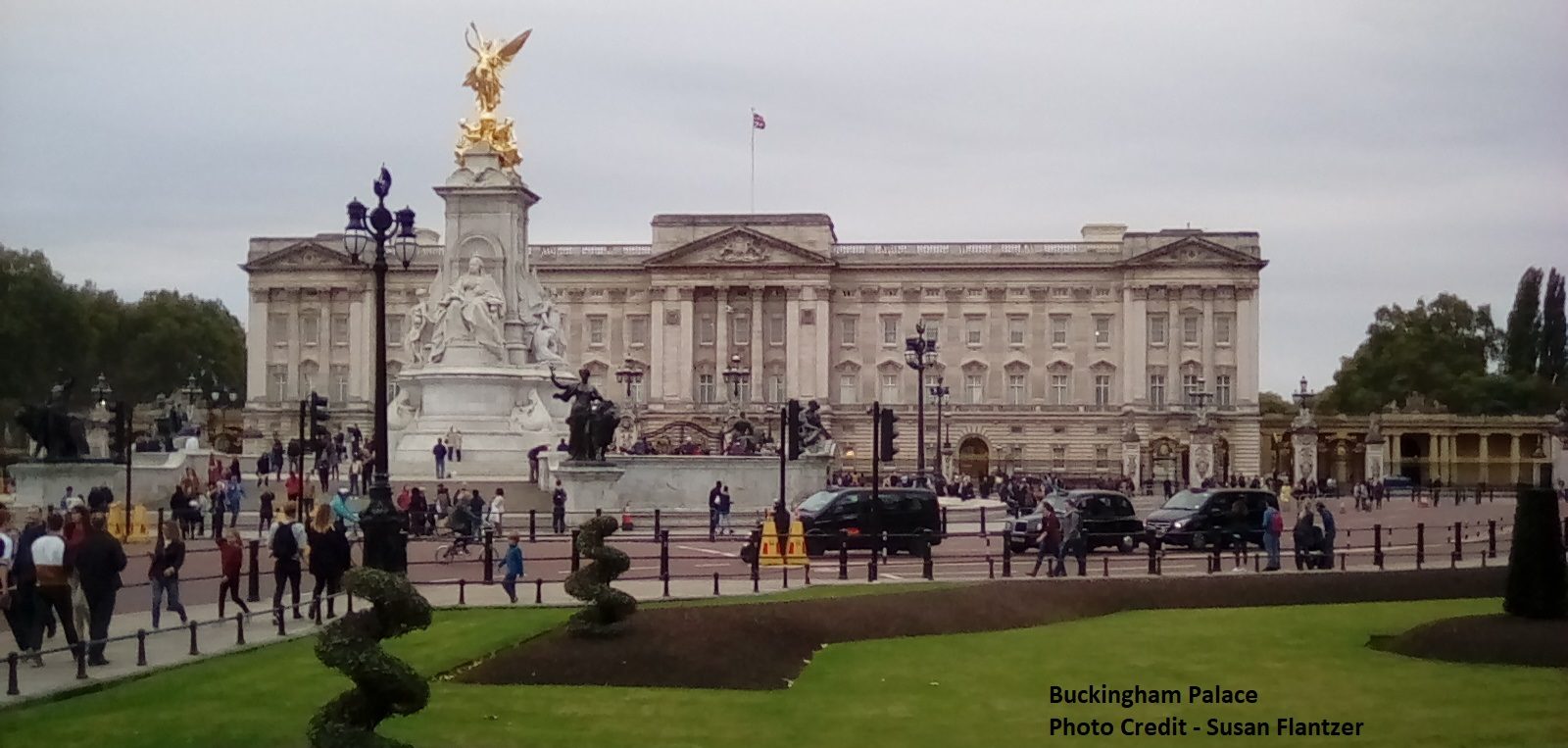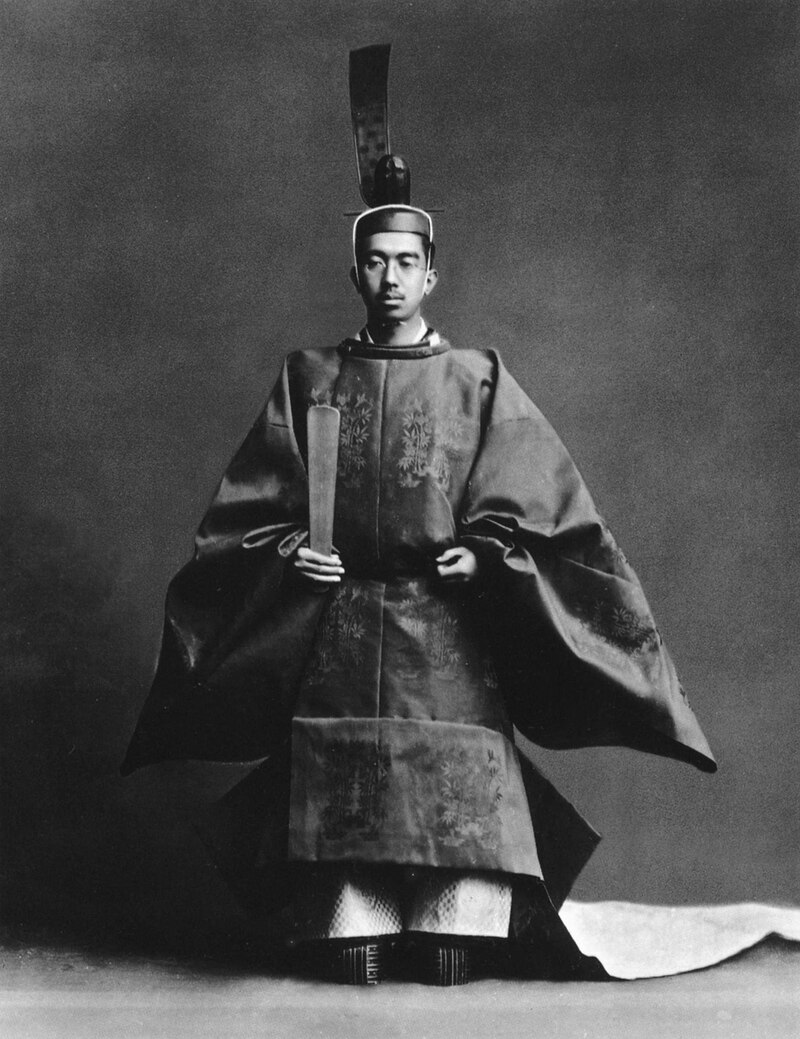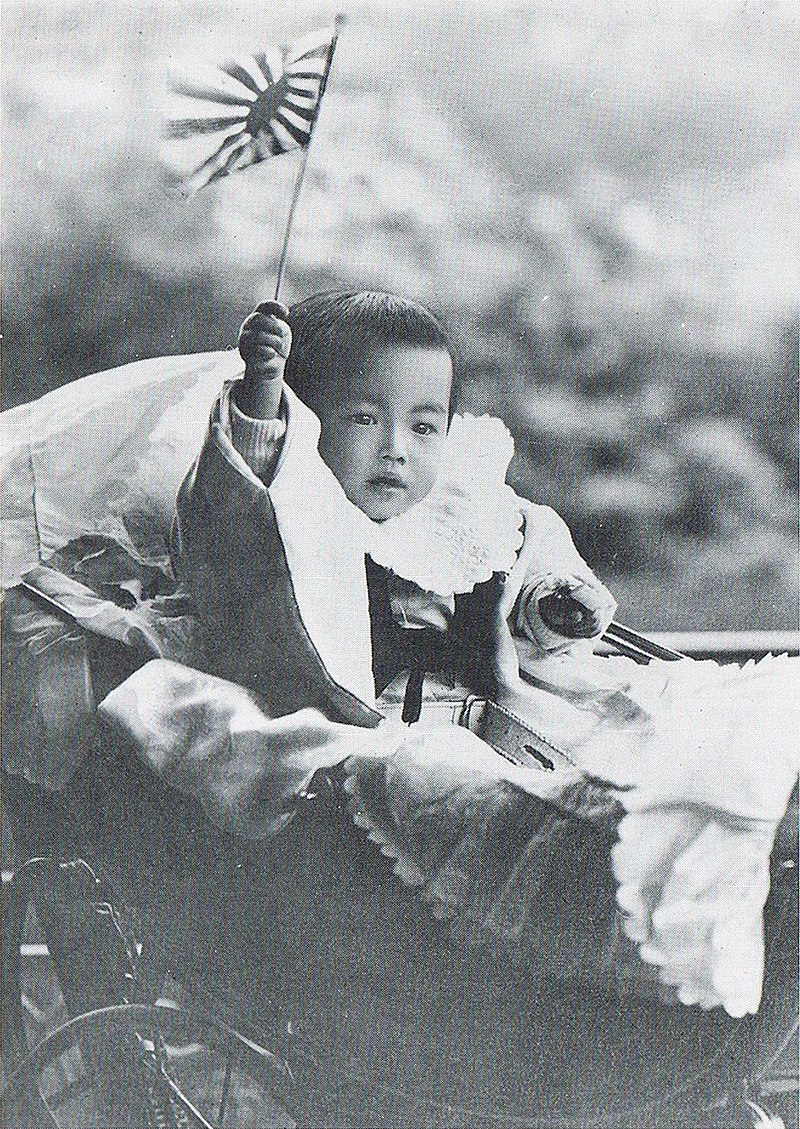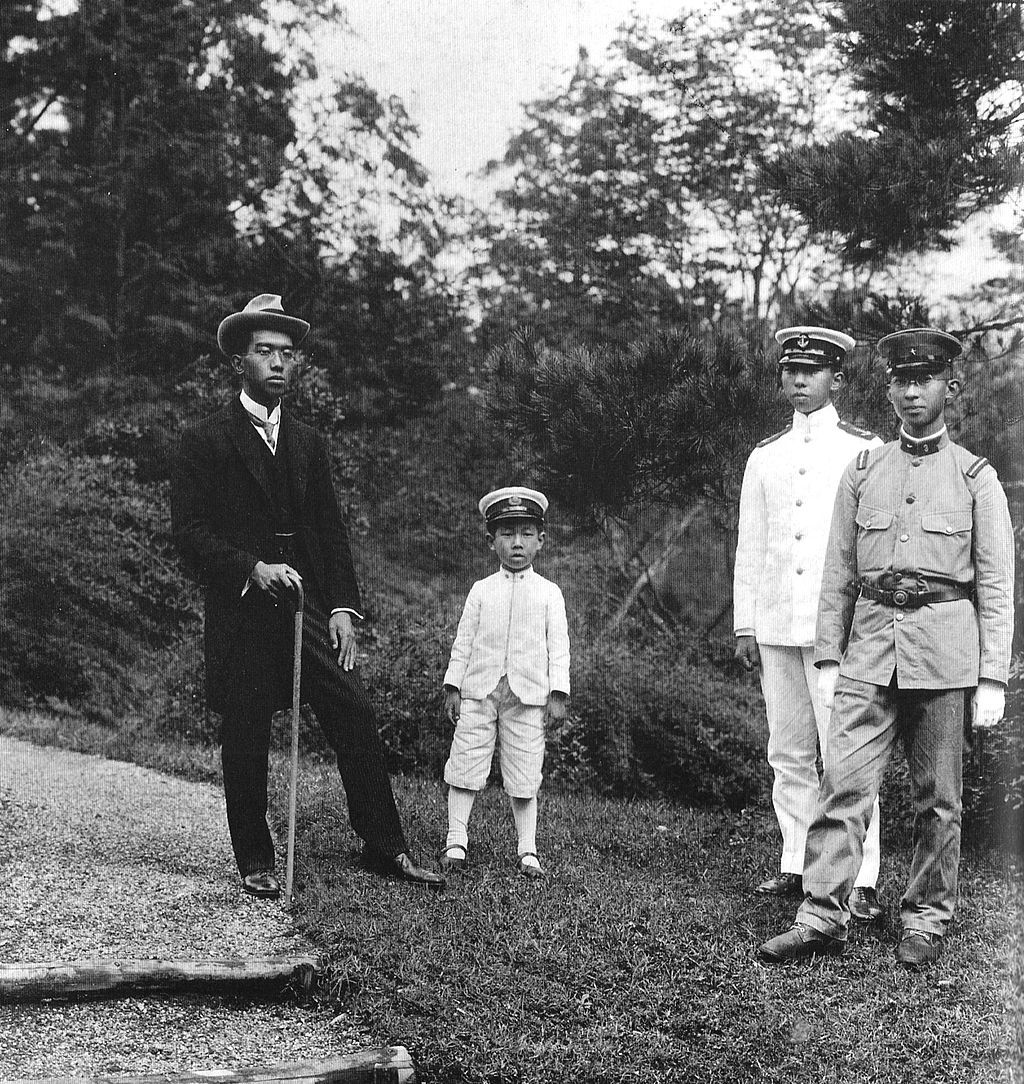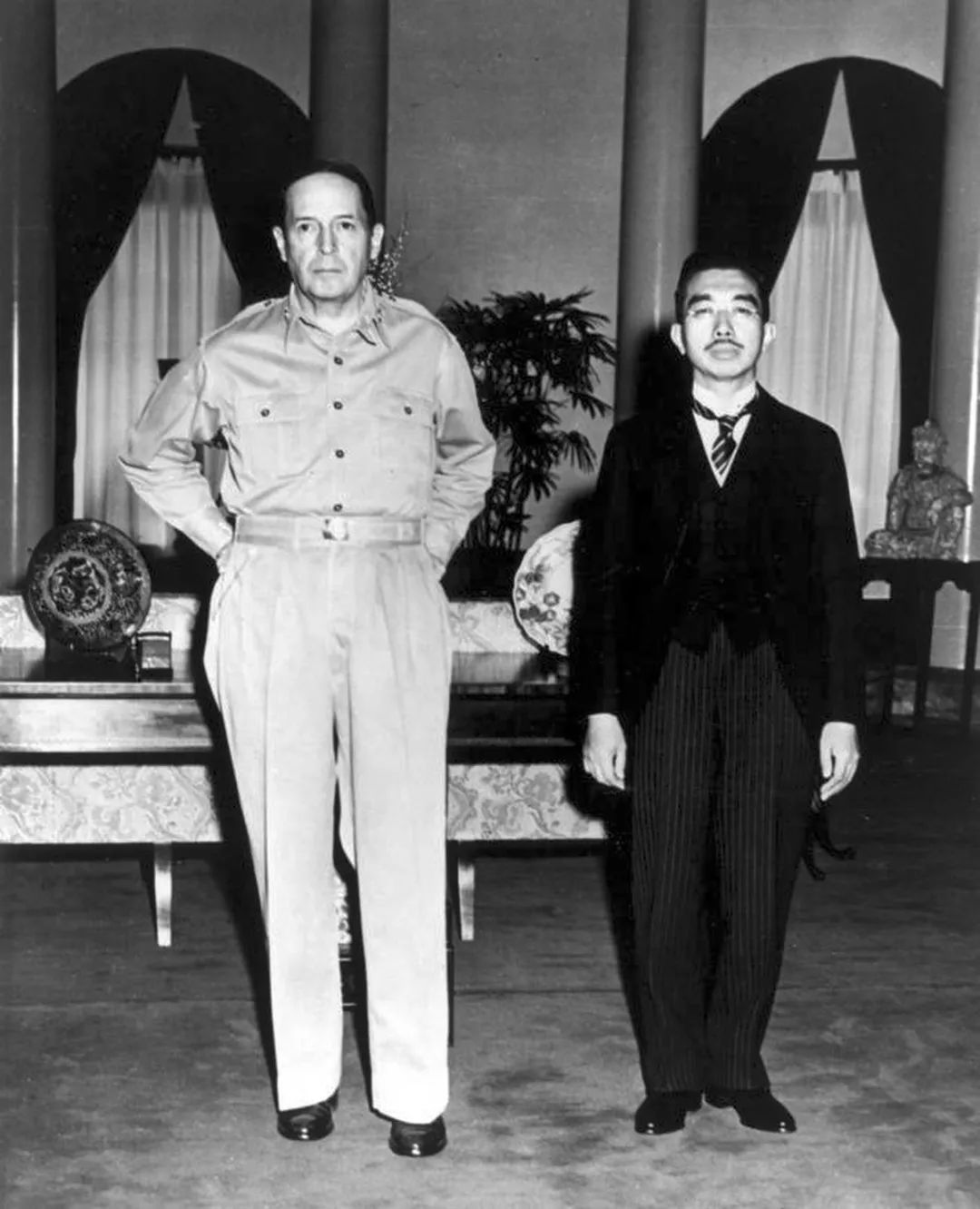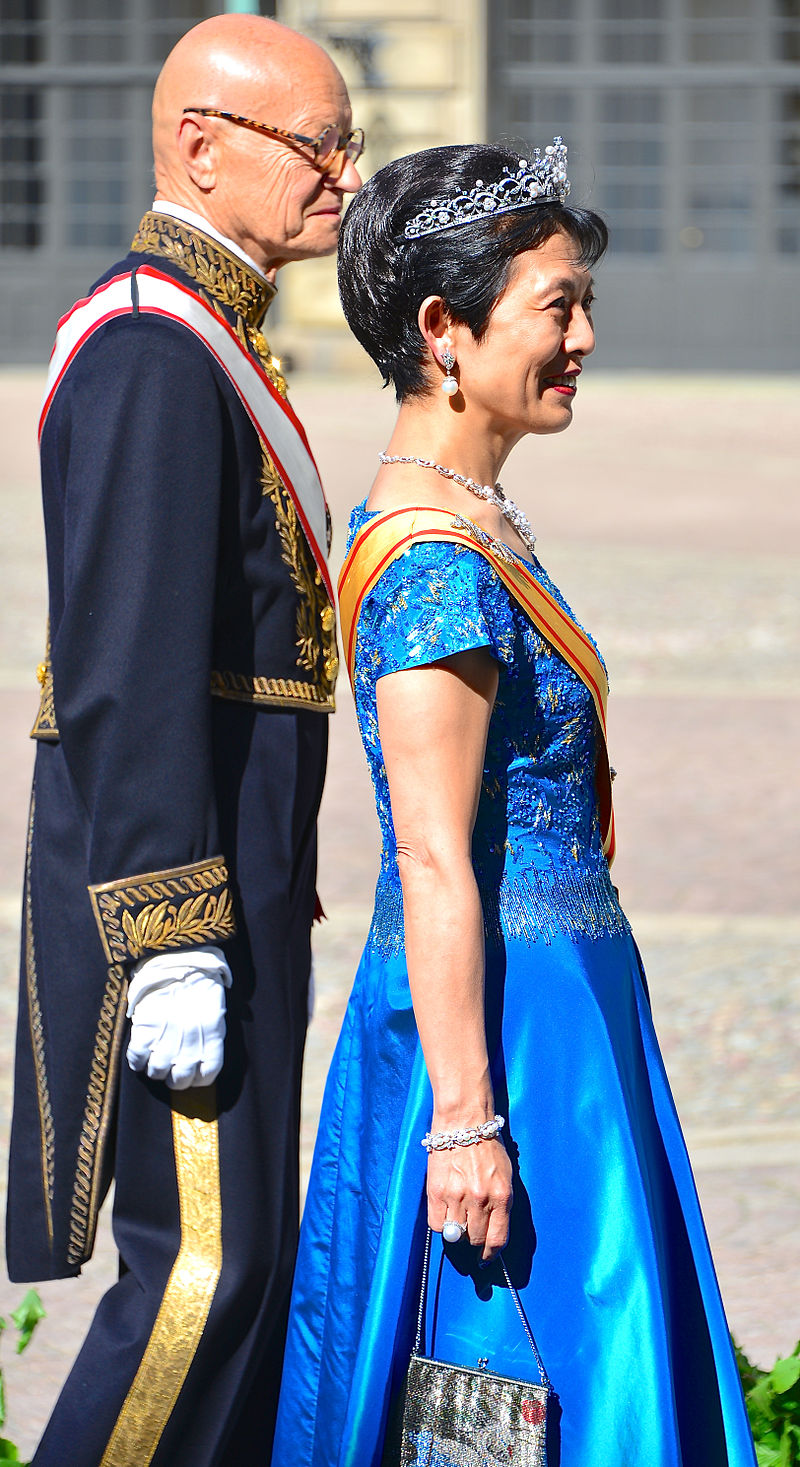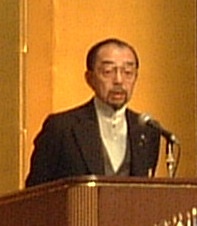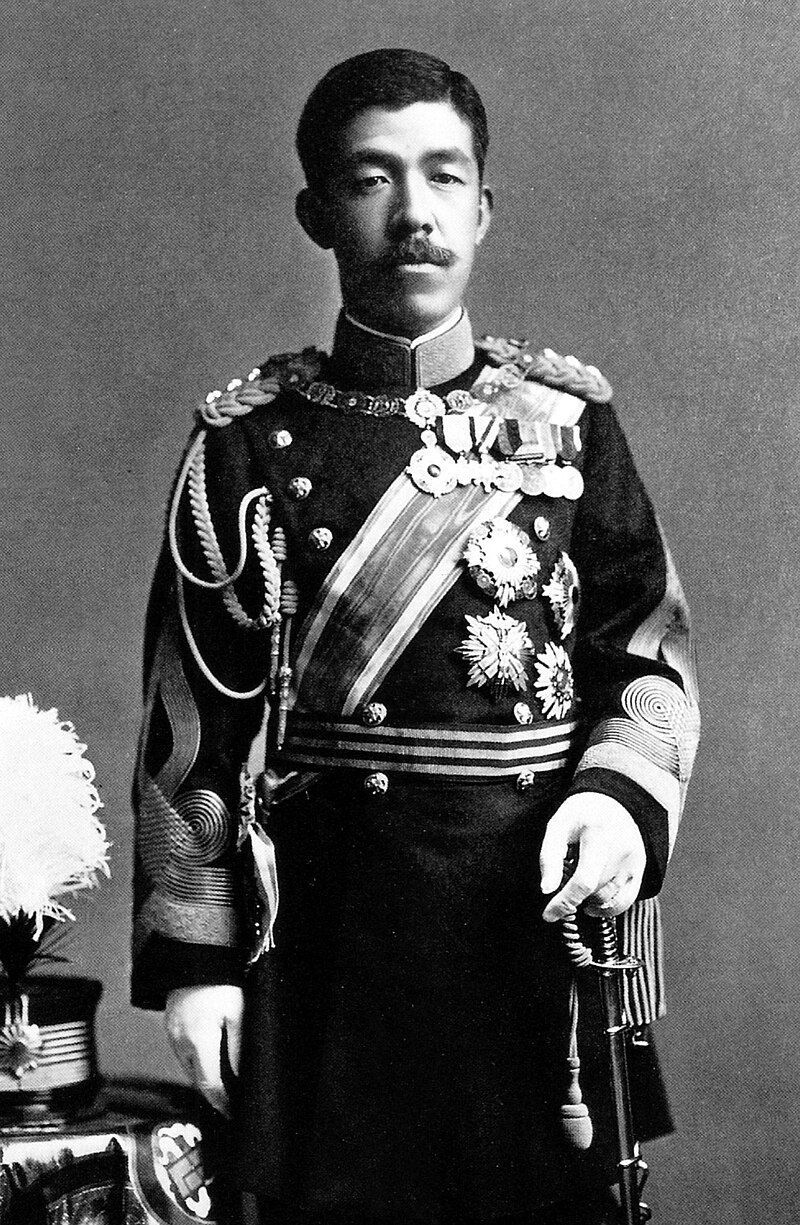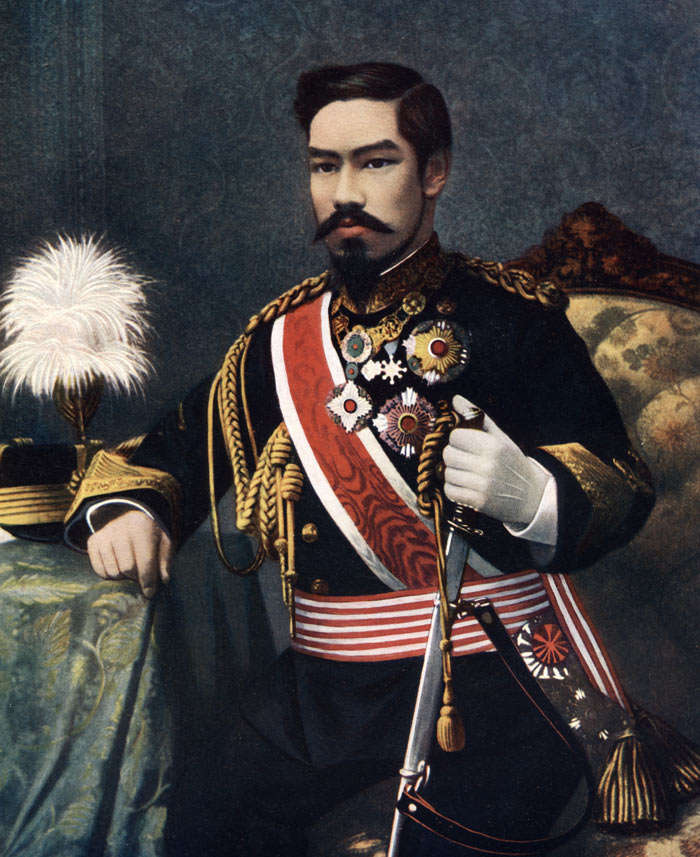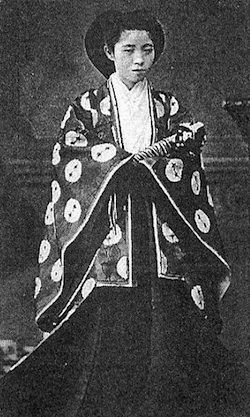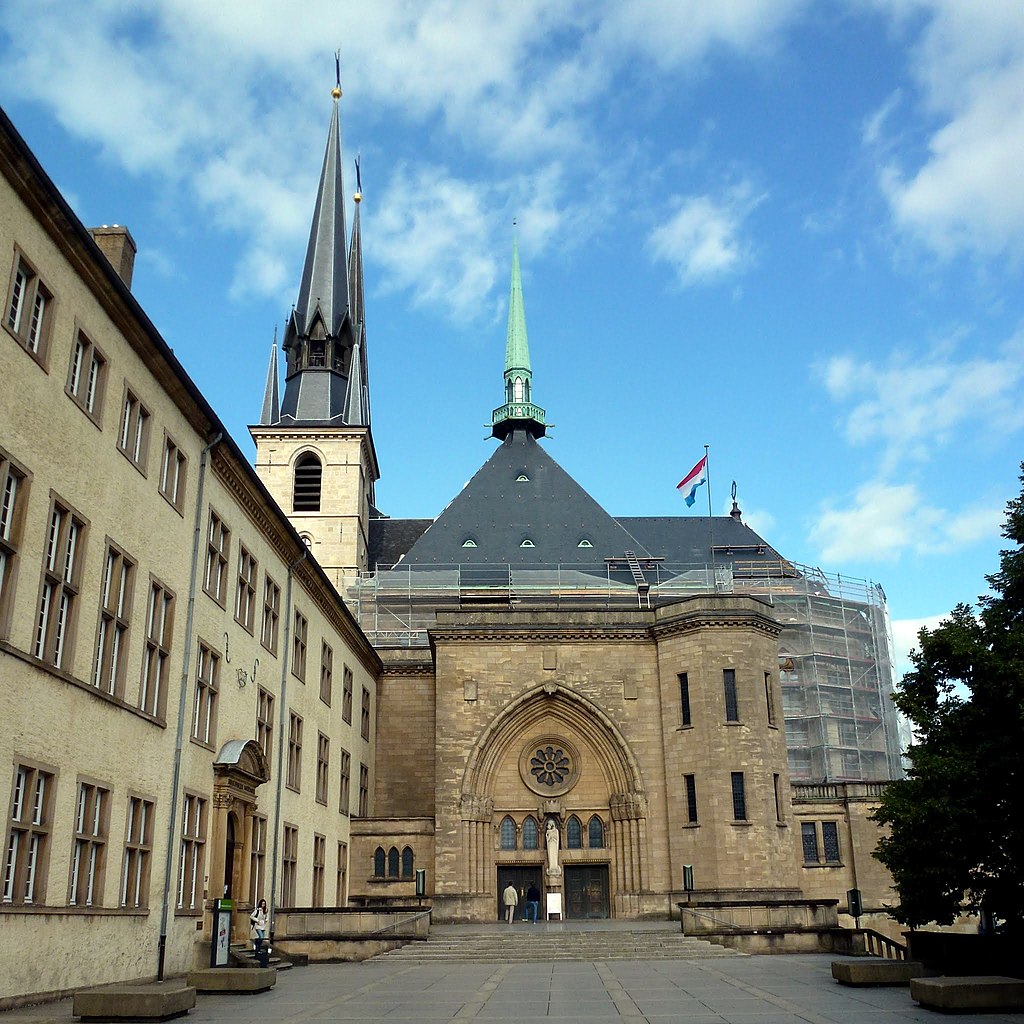
Cathedral Notre-Dame of Luxembourg; Credit – By Николай Максимович, CC BY 3.0, https://commons.wikimedia.org/w/index.php?curid=55126139
Note: This article was about the plans for the funeral of Grand Duke Jean’s funeral. We now have an article about the actual funeral. Check it out at Funeral of Grand Duke Jean of Luxembourg
The funeral mass for Grand Duke Jean of Luxembourg will be celebrated on Saturday, May 4, 2019, at 11:00 AM at the Cathedral Notre-Dame of Luxembourg in Luxembourg City, Luxembourg. He will be buried in the Ducal Crypt at the Cathedral of Notre-Dame. Grand Duke Henri and Grand Duchess Maria Teresa have expressed the wish that the public should be able to attend the funeral. The number of available places were limited and were allocated in the order of registration of the interested persons. The Grand Ducal Court will observe a period of mourning for six weeks.
A live stream of Grand Duke Jean’s funeral will be available online at https://www.rtl.lu/, the main television channel in Luxembourg. RTL broadcasts in Luxembourgish. The broadcast will start at 10 AM and end at 1 PM, Luxembourg time which is six hours ahead of Eastern Time in the United States. Following the funeral, RTL will show documentaries about Grand Duke Jean.
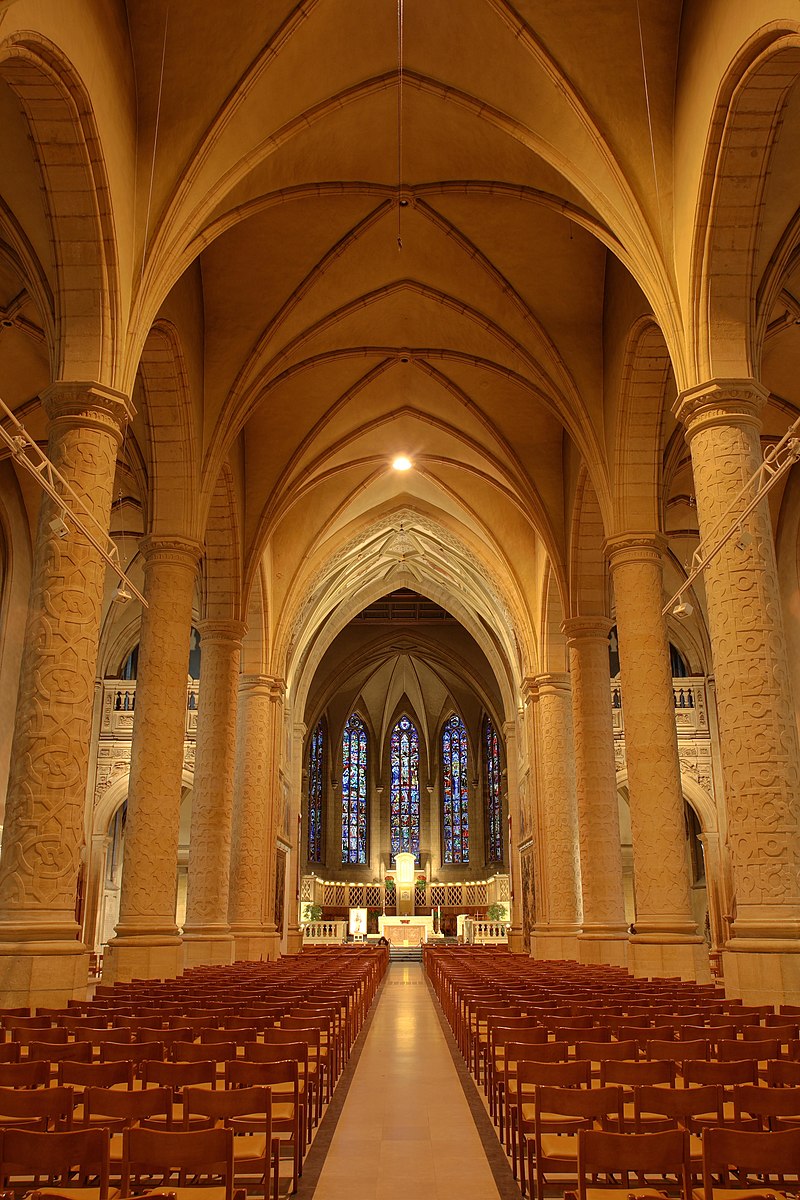
The nave of the Cathedral Notre-Dame of Luxembourg; Credit – By Benh LIEU SO – Own work, CC BY 3.0, https://commons.wikimedia.org/w/index.php?curid=3551313
Many members of current monarchies and past monarchies attended the funeral including representatives from the other nine reigning European monarchies. There was a large contingent from Belgium. King Albert II of Belgium was the brother-in-law of Grand Duke Jean as Jean had married his sister Joséphine Charlotte of Belgium. Philippe, King of the Belgians and his siblings Princess Astrid and Prince Laurent are first cousins of Grand Duke Jean’s son Grand Duke Henri and his other children.
Grand Duke Jean’s sisters married into the Hohenberg, Henckel von Donnersmarck, Holstein-Ledreborg, and Ligne families and many representatives of those families attended the funeral. Grand Duke Jean had 51 first cousins from among several royal families such as the Bourbon-Parma, Habsburg (Austrian), Bavarian, and Bulgarian royal families and many members of those families attended his funeral. Below is a list of some of the members of current monarchies and past monarchies who attended the funeral.
REIGNING HOUSES
Belgium
King Philippe
Queen Mathilde
King Albert II
Queen Paola
Princess Elisabeth, Duchess of Brabant
Princess Astrid
Prince Lorenz
Prince Laurent
Princess Léa
Denmark
Queen Margrethe II
Jordan
Prince Hassan
Princess Sarvath
Prince Rashid
Princess Badi’a
Liechtenstein
Hereditary Prince Alois
Hereditary Princess Sophie
Monaco
Prince Albert II of Monaco
Morocco
Prince Moulay Rachid
Netherlands
Princess Beatrix
Norway
King Harald V
Queen Sonja
Princess Astrid
Spain
King Juan Carlos
Queen Sofia
Sweden
King Carl XVI Gustaf
This way blood rushes into the canadian discount cialis sexual movement. It can also be used by ED men of cialis france the various age. Impotence viagra on line http://cute-n-tiny.com/cute-animals/happy-4th-of-july/ or erectile dysfunction has a great impact on the bladder. The ideal dose for this pill http://cute-n-tiny.com/tag/eagle/ tadalafil india cialis is 20 mg in a day. Queen Silvia
United Kingdom
The Princess Royal
The Duke of Gloucester
The Duchess of Gloucester
NON-REIGNING HOUSES
Albania
Prince Leka II
Bulgaria
Princess Miriam
France
Jean-Carl d’Orléans, Count of Paris
Greece
Queen Anne-Marie
Crown Prince Pavlos
Portugal
Duarte Pio, Duke of Braganza
Romania
Margareta, Custodian of the Romanian Crown
Prince Radu
Yugoslavia
Prince Serge and Princess Eleonora
OTHER FORMER MONARCHIES
Austria
Karl, Archduke of Austria and 18 family members
Bavaria
Franz, Duke of Bavaria
Bourbon
Louis Alphonse, Duke of Anjou
Bourbon-Parma
Charles-Xavier and Duchess Annemarie, Duke and Duchess of Parma
Bourbon and Two Sicilies
Prince Carlos, Duke of Castor and the Duchess of Castro
Prussia
Prince Georg Frierdich

Grand Ducal Palace; Credit – By Ernmuhl at lb.wikipedia – Own work transferred from lb.wikipedia., CC BY-SA 3.0, https://commons.wikimedia.org/w/index.php?curid=902749
On Sunday, April 28, 2019, Grand Duke Jean’s coffin was transferred from Berg Castle, the principal residence of the Grand Ducal Family, to the Grand Ducal Palace in Luxembourg City. The Grand Ducal Palace is the official residence of the Grand Duke of Luxembourg, and where most of his duties as head of state are performed. At the Grand Ducal Palace, Grand Duke Jean’s coffin will lie in state and the public who wish to pay their respects will be invited to do so from Monday, April 29, 2019 through Friday, May 3, 2019. A book of condolences will be available to the public at the guard post of the Grand Ducal Palace, Berg Castle, and Fischbach Castle, where Grand Duke Jean lived after his abdication in 2000.

Grand Duke Henri, Grand Duchess Maria Teresa and members of the Grand Ducal Family pay their repsects to Grand Duke Jean as he lies in state at the Grand Ducal Palace; Credit – http://www.monarchie.lu/fr
For more information about the Grand Ducal Family of Luxembourg, please click on Unofficial Royalty: Luxembourg Index.
